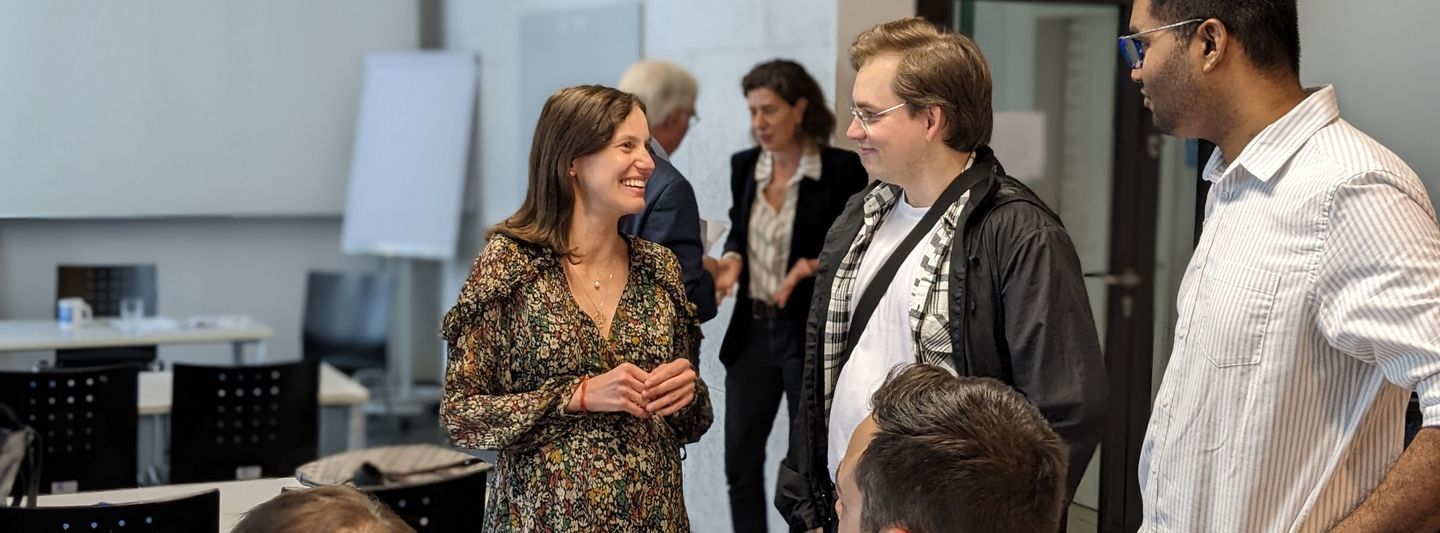The automotive industry isno stranger to risk: product development is costly, production uses complex supply chains subject to a variety of disruptions, public policies (e.g., pollution control requirements, fuel efficiency standards, etc.) are major factors affecting profitability, vehicle sales are subject to many macroeconomic factors (which are unpredictable), and the technologies themselves are uncertain, with long lead times and uncertain performance and costs.
Nor is the automotive industry a stranger to simulation: simulation has long been used to analyze engine performance, model design characteristics, the durability and aerodynamics of materials, emissions levels and controls, crash effects, etc. Policymakers also utilize extensive simulation modeling in traffic flow planning, parking patterns, congestion analysis, etc.
What is less common is the marriage of simulation and business risk analysis. While most large automotive companies employ some type of risk analysis software, its use is not uniform or systemic. No manufacturer would consider designing a new body material without extensive simulation modeling, but planning a new business venture, such as entering a new market or analyzing a new pricing strategy, often uses relatively crude and inconsistent methodologies. Scenario analyses are common, but there is no uniform definition of the number of scenarios to analyze or the scope they should cover. It is common to see “pessimistic,” “best case,” “base case,” and other terms employed – these have no generally agreed upon definitions and cannot easily be quantified in meaningful ways.
Business risk analysis using simulation modeling has become more systematized and more rigorous as the tools (both hardware and software) for such analysis have improved. Microsoft Excel (or other spreadsheet software) is the most commonly utilized business planning software, at least for financial analysis. Monte Carlo simulation software for spreadsheets is readily available which allows probabilistic analysis of financial risks. Exchange rate risk can be based forecasting models which simulate uncertainty based on historic data. New vehicle demand can be estimated, with uncertainty quantified. Financial predictions no longer need to be labeled as “best case” or “worst case” – the outputs of these models provide descriptions such as “the profitability of developing and marketing a new electric vehicle is 90% likely to exceed X€ but only 10% likely to be less than Y€.
Many judgements are required to produce such estimates, but these will be more transparent, more robust, and more open to alternative assumptions than cruder “worse case, base case, and best case” scenarios. As a result, the gap between sophisticated engineering simulation and relatively non-rigorous business planning will be reduced.
Dale Lehman, PhD, Director of the Center for Business Analytics, Loras College, USA.














